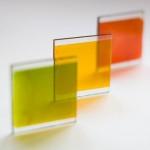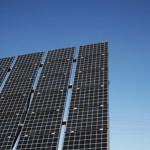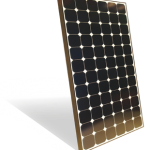Researchers develop super efficient polymer solar cells with increased light absorption
Iowa State University and the Ames Laboratory have developed a process capable of improving the efficiency of polymer solar cells by increasing light absorption – it is done by producing a thin and uniform light-absorbing layer on textured substrates.
Sumit Chaudhary, an Iowa State assistant professor of electrical and computer engineering and an associate of the U.S. Department of Energy’s Ames Laboratory, who helped perfect the technology, says the solar cell efficiency is improved by 20 per cent.
The performance of the solar cells is down to their flexible, lightweight nature. The polymer has a textured substrate pattern that allows for deposition of a light-absorbing layer that’s exceptionally thin.
The polymer solar cell captures more light within ridges – including light that’s reflected from one ridge to another.
Tests have indicated the light-trapping cells increase power conversion efficiency by 20 per cent over flat solar cells made from polymers.
The research was supported by the Iowa Power Fund, the Ames Laboratory and the Department of Energy’s Office of Basic Energy Sciences.
Attempts to boost the performance of polymer solar cells by using a textured substrate have been carried out in the past, but previously failed, says Chaudhary.
The difference now is the addition of an extra processing step and improved coating technology.
The Iowa State University Research Foundation Inc. has filed a patent for the substrate and coating technology and is working to license the technology to solar cell manufacturers.
Find local, MSC certified Solar Installers
Start your quote
Find local, MSC certified Solar Installers














